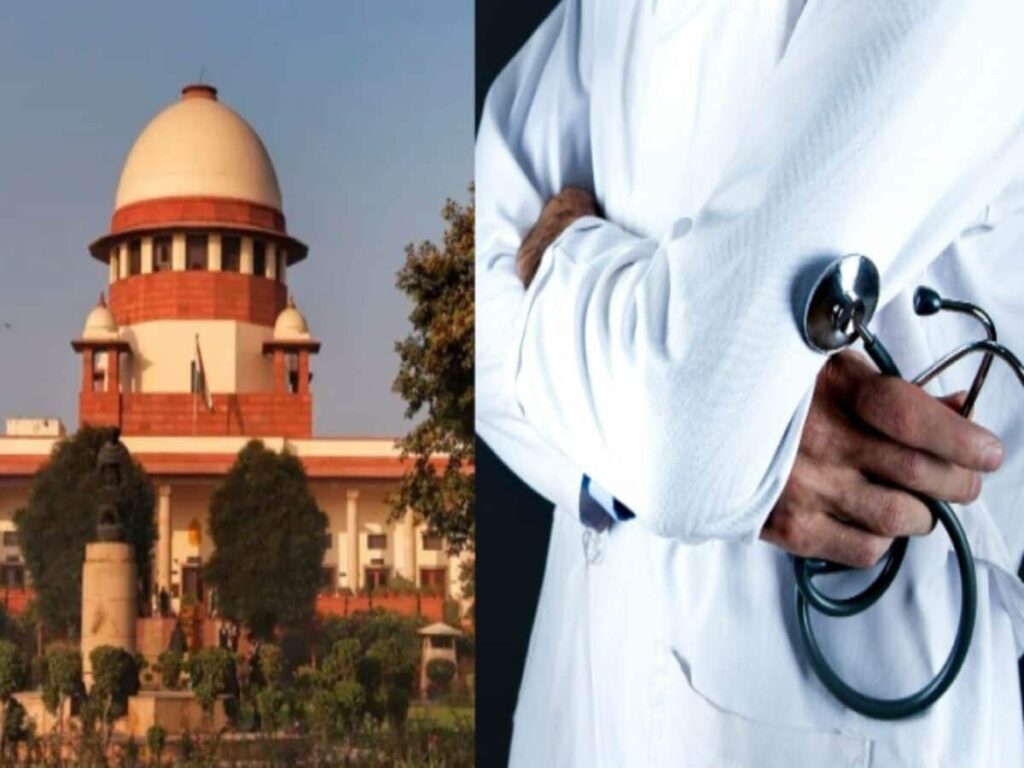The Supreme Court of India has recently made a landmark ruling regarding the accessibility of medical education for candidates with disabilities. The court clarified that a benchmark disability of 40 percent cannot be a barrier for candidates seeking admission to medical courses. This decision is pivotal for promoting inclusivity within the medical field and ensuring that individuals with disabilities have the same educational opportunities as their peers.
Understanding the Ruling
The Supreme Court’s ruling emphasizes the need for educational institutions to adhere to inclusive policies. Candidates with a benchmark disability are often faced with numerous challenges and obstacles in accessing higher education. This ruling serves as a reminder that educational equity is a fundamental right, and institutions must adapt their policies to ensure that they are accessible to all students, regardless of their physical or mental challenges.
Significance of the 40 Percent Benchmark
The benchmark of 40 percent disability is based on the Rights of Persons with Disabilities Act, 2016. Previously, many educational institutions were interpreting this benchmark in a way that prevented candidates with disabilities from pursuing certain courses. The Supreme Court’s clarification broadens the interpretation of this benchmark, ensuring that capable candidates are not denied their right to education due to arbitrary cutoff percentages.
Impact on Medical Education
Medical education in India is known for its rigorous entrance examinations and challenging curriculum. The Supreme Court’s decision is significant for aspiring medical students who might have previously thought that their disabilities would impede their educational journey. With this ruling, there is newfound hope for many candidates with disabilities who qualify academically but were discouraged by institutional policies.
Future Implications for Educational Institutions
This ruling necessitates a reassessment of admission policies across medical and other educational institutions in India. Educational leaders must ensure their practices align with the spirit of this decision. Potential changes could include:
| Action Item | Description |
|---|---|
| Review Admission Policies | Institutions must re-evaluate existing admission criteria to ensure they do not discriminate against candidates with disabilities. |
| Improve Accessibility | Enhance physical and digital accessibility within campuses to support students with disabilities. |
| Awareness Programs | Implement training programs for faculty and staff to foster an inclusive environment for all students. |
Conclusion
The Supreme Court’s ruling marks a significant step toward dismantling barriers in medical education for candidates with disabilities. By affirming that individuals with a 40 percent benchmark disability should not be denied access to medical courses, the court underscores the importance of inclusivity. This ruling not only opens doors for aspiring medical professionals but also sets a precedent for a more equitable educational landscape in India. As institutions adapt to this ruling, the hope remains that more candidates will pursue their dreams, contributing to a diversified and compassionate healthcare sector.
